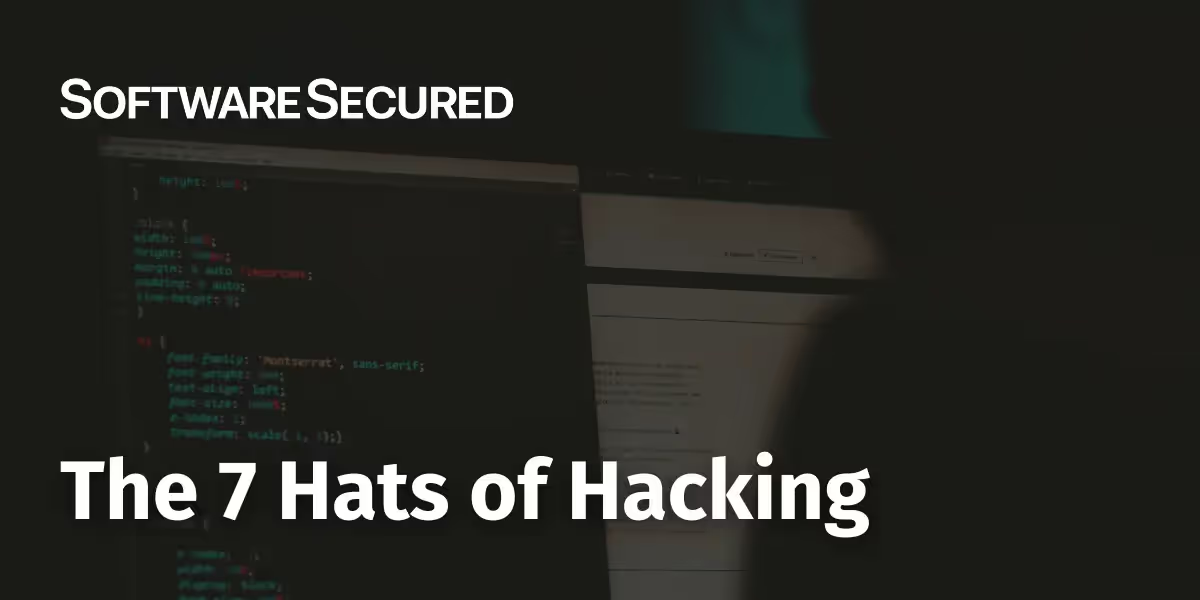Red Teaming Built for Enterprise Detection and Response
Emulate real attackers to validate detection, response, and impact, with actionable evidence and prioritized mitigations.

Why Red Teaming Matters?
Red Teaming proves whether your security operations prevent compromise, not just alert it. Surface operational failures and prioritized fixes that reduce customer, revenue, and compliance risk.
Exploit chain validation
Detection and response testing
Process and human failure discovery
Quantified business mapping
Persistence and exfiltration validation
Software Secured’s Red Teaming Services
We simulate realistic threat actors from initial access to exfiltration, producing reproducible exploit chains, detection telemetry, and prioritized remediation tailored to engineering and compliance workflows
Initial access and foothold
Realistic entry paths via phishing, supply-chain abuse, exposed apps, or tailored exploits
- Confirm exploitable entry vectors exist
- Provide reproducible evidence for remediation
Lateral movement and privilege escalation
Manual techniques to traverse trust and escalate privileges across environments
- Map trust paths to stop escalation
- Enable prioritized fixes for escalation paths
Persistence and stealth
Non-destructive implants and covert telemetry to assess long-term detection
- Detect long-term footholds before damage
- Improve telemetry to catch covert activity
Data discovery and exfiltration
Systematic asset mapping, staging, and egress techniques to validate detection and containment
- Prove data egress detection and controls
- Prioritize hardening to prevent data loss
Social engineering and operational testing
Human-targeted assessments to reveal procedural and trust failures
- Expose human and process weaknesses realistically
- Deliver targeted training and procedural fixes
What sets Software Secured Apart

Reproducible attack narratives
We deliver full exploit chains with evidence and timelines
- Show leadership measurable risk and impact
- Provide engineers clear, step-by-step repro
Executive-ready metrics
Findings include vulnerability metrics that appeal to upper management
- Quantify exposure and dwell-time reduction
- Use telemetry to improve detections
Portal feature: Highest Threat Summary
We boil chained findings into a single executive brief
- Simplify board and audit reporting processes
- Link summaries to detailed exploit evidence
Integration and remediation velocity
Our Jira and Azure DevOps bulk-linking speeds engineering workflows while keeping audit trails
- Accelerate fixes and protect key contracts
- Preserve context through linked issue tracking
Real Results
“Building this network with Software Secured was an important part of us building software, but also making sure we feel more comfortable with securing our software.”
high growth startups, scaleups and SMB trust Software Secured






"Their team delivered on time and was quick to respond to any questions."
Trusted by high-growth SaaS firms doing big business
Transparent Pricing for Scalable Application Security
Security Made Easy
Get Started Now
How Our Red Teaming Works
We make it easy to start. Our team handles the heavy lifting so you can focus on keeping your attack surface protected without the headaches.
Consultation Meeting. Our consultants span five time zones. Meetings booked within 3 days.
Customized Quote. Pricing tailored to scope and organization size. Quotes delivered within 48 hours.
Red Teaming Scheduling. Testing aligned according to the test plan to maximize test efficiency.
Onboarding. This is a very stealth activity with little information shared with the client to ensure real attack efficacy.
Pentest Execution. Seamless kickoff, and minimal disruption during active testing. Report within 48-72 hours of pentest completion.
Support. Read out reports included and suggested improvements.
“I was impressed at how thorough the test plan was, and how "deep" some of the issues were that their testing uncovered. Also, the onboarding process was simple and painless: they were able to articulate exactly what they needed from us, and showed a clear understanding of the product they would be testing during our initial demo”
Security Made Easy Get Started Now
Frequently Asked Questions
How is red teaming different from a penetration test?
Red teams validate detection and response by executing realistic attack chains across people, process, and tech; pentests primarily find exploitable weaknesses.
Will red teaming risk production stability?
We design scoped operations with safety controls and rollback plans; high-risk actions are scheduled, simulated, or performed in controlled windows.
How long does a typical engagement take?
Enterprise engagements typically run two to four weeks, including scoping, operations, daily syncs, and a remediation review and verification phase.
What deliverables do you provide?
Reproducible exploit chains, detection telemetry, remediation steps, an executive Highest Threat summary, and Portal evidence for auditors and engineers.
Can red teaming test third-party and supply chain risks?
Yes. We emulate vendor compromise and credential misuse to show whether indirect trusts expose your environment and critical assets.







.avif)